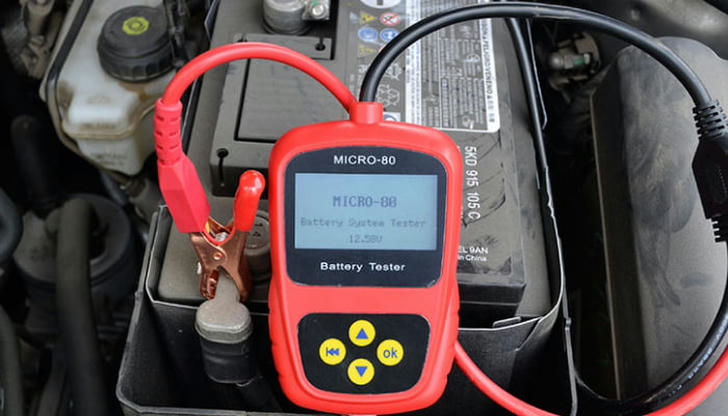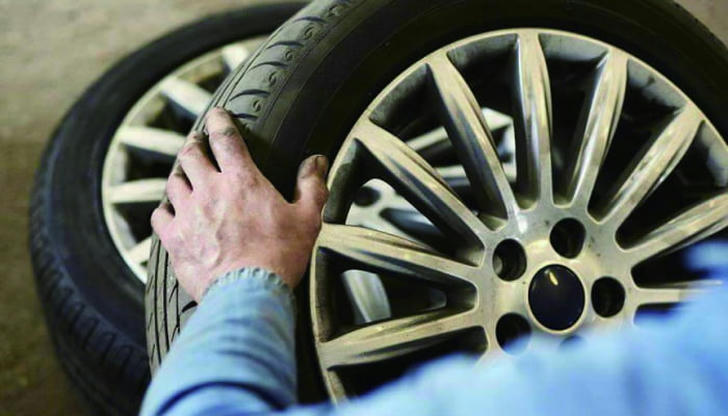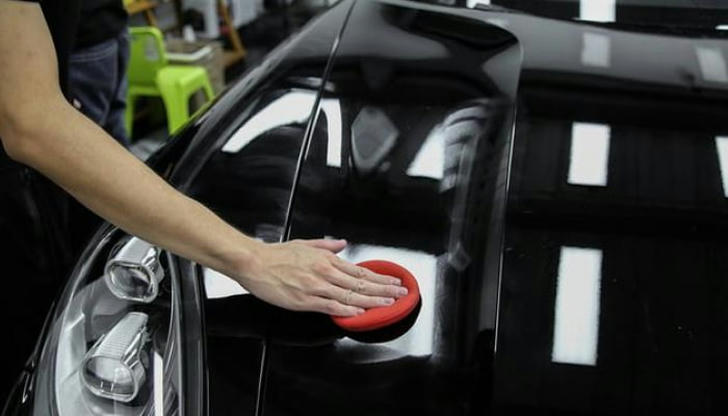How to Prepare Your Car for Winter: A Full Maintenance Checklist

Winter can be harsh on vehicles. With freezing temperatures, snow, and icy conditions, cars need special care to stay in top shape. Preparing your car for winter is not just about safety, but it also helps avoid costly repairs later. This article provides a detailed winter maintenance checklist to ensure your vehicle is ready for the cold season. Let's dive into the key steps to winter-proof your car.
1. Check the Battery

Your car's battery is the heart of your vehicle's electrical system. Cold weather can drain it quickly, leaving you stranded. Here's what you should do:
- Test your battery: Get it tested at a local auto shop. If it's weak, replace it.
- Check for corrosion: Clean off any corrosion from the battery terminals.
- Battery cables: Ensure the cables are tight and free of cracks.
A well-maintained battery can prevent unexpected breakdowns in freezing temperatures.
2. Inspect the Tires

Winter roads can be treacherous with ice and snow. Proper tires are crucial for staying safe. Here's how to ensure your tires are winter-ready:
- Check the tread depth: Ensure your tires have at least 4/32-inch tread. Worn-out tires reduce traction on slick roads.
- Switch to winter tires: If you live in an area with heavy snow, consider investing in winter tires. They provide a better grip on icy roads.
- Maintain proper tire pressure: Cold air causes tire pressure to drop. Check and inflate tires regularly to the recommended PSI (pounds per square inch).
3. Replace Wiper Blades and Refill Washer Fluid
Visibility is key to safe driving, especially in winter. Snow, slush, and ice can quickly dirty your windshield, so your wipers need to be in top condition.
- Replace old wiper blades: If your wipers leave streaks or make noise, it's time to replace them. Consider winter wiper blades that are designed to handle snow and ice.
- Use winter washer fluid: Regular washer fluid may freeze in winter. Switch to a washer fluid with antifreeze properties to prevent this.
4. Top Off Fluids
Winter driving puts more stress on your car's engine, so keeping the right levels of fluids is essential for smooth operation. Here's what to check:
- Engine oil: If you're due for an oil change, consider using winter-grade oil, which performs better in cold weather.
- Coolant: Ensure the coolant is at the right level and mixed correctly with antifreeze. This prevents the engine from freezing.
- Transmission fluid: Check the level and condition of your transmission fluid. Low or dirty fluid can cause issues in cold weather.
5. Inspect the Brakes
Brakes are vital for safety, especially on icy or wet roads. Before winter hits, make sure your braking system is in optimal condition.
- Brake pads and rotors: Check for wear. If your brake pads are thin or the rotors are warped, replace them.
- Brake fluid: Low brake fluid can lead to decreased stopping power. Top off or replace the fluid if needed.
6. Check the Heating System
A working heating system is not just about comfort; it also helps prevent your windows from fogging up.
- Test the heater: Run the heater to make sure it blows warm air. If it's not functioning well, you might need a coolant flush or heater repair.
- Defroster: Ensure both the front and rear defrosters are working properly to keep your windshield clear.
7. Prepare an Emergency Kit
No matter how well you prepare your car, unexpected situations can happen. Having an emergency kit can be a lifesaver in case you get stranded. Here's what to include:
- Blankets and warm clothing: Keep extra blankets, gloves, and hats in your car.
- Flashlight and batteries: A reliable flashlight can help in the dark.
- Jumper cables: In case your battery dies, jumper cables can get you back on the road.
- First aid kit: Always have a basic first aid kit in your car.
- Non-perishable snacks and water: In case you're stuck for a long period, have some food and water handy.
- Ice scraper and shovel: An ice scraper will help clear your windshield, and a small shovel can dig your car out of snow.
8. Inspect the Exhaust System
The exhaust system is responsible for removing harmful gases from your engine. In winter, it's more important than ever to ensure it's working properly.
- Check for leaks: Inspect the exhaust for any holes or rust that could lead to carbon monoxide entering the cabin.
- Clear snow from the tailpipe: Always make sure the tailpipe is free from snow or ice before starting your car. Blocked exhaust pipes can lead to dangerous gas buildup.
9. Test Your Lights
Winter days are short, and you'll be driving in the dark more often. Make sure all your lights are functioning correctly.
- Headlights and taillights: Test your headlights, taillights, and brake lights. If any bulbs are dim or burned out, replace them.
- Fog lights: If your car has fog lights, ensure they work as they provide extra visibility in snowy or foggy conditions.
10. Protect the Exterior

Winter weather can be harsh on your car's paint and bodywork. Snow, salt, and moisture can lead to rust and corrosion.
- Wash and wax: Before winter starts, give your car a thorough wash and apply a layer of wax to protect the paint.
- Rust-proofing: Consider getting your car professionally rust-proofed, especially if you live in an area where roads are frequently salted.
Conclusion: Stay Safe and Prepared
Winterizing your car takes time, but it's well worth the effort to ensure safety and avoid costly repairs down the road. By following this comprehensive checklist, you'll be better prepared for the challenges winter driving presents. Always remember, that regular maintenance is key to keeping your car running smoothly in cold weather.
Whether you're facing icy roads, freezing temperatures, or snowstorms, taking these steps can help you stay safe and confident behind the wheel all winter long. Stay prepared and enjoy peace of mind throughout the winter season!
